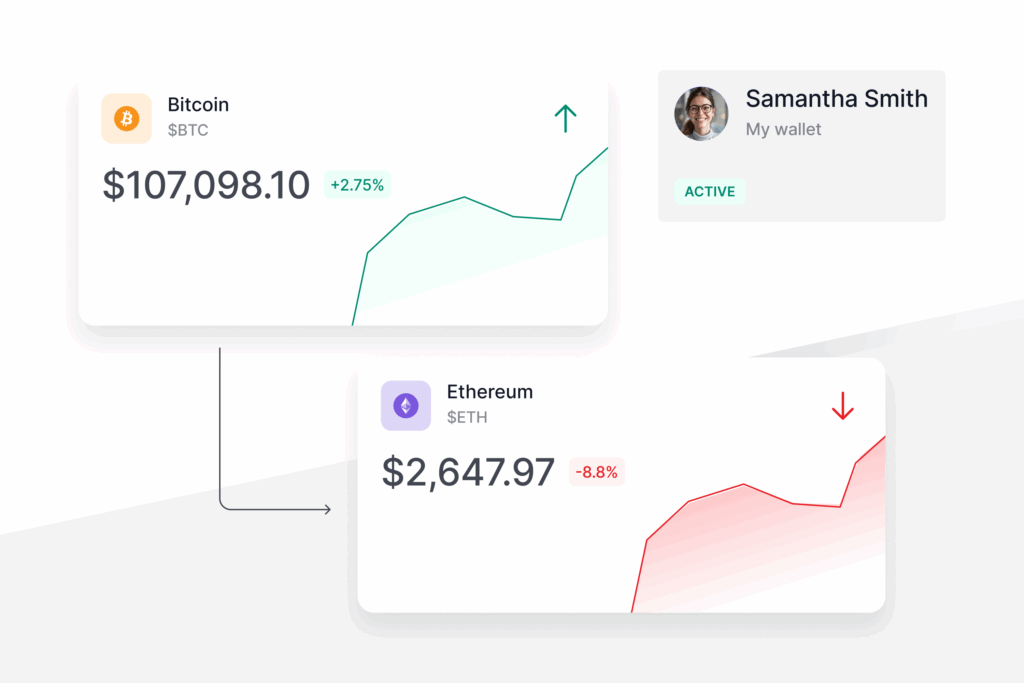
FEATURED ARTICLE
Tax Planning for Realized Gains and Ordinary Income
Tax planning strategies for realized gains and ordinary income

Tax planning strategies for realized gains and ordinary income


Taking advantage of solar tax incentives and investing in oil and gas wells are two popular strategies for offsetting ordinary income tax. How do you know which one is right for you? This article explains what these strategies are and when they make sense.
Solar tax incentives are tax incentives that are designed to encourage renewable energy production. The current system was created by the Inflation Reduction Act, passed in 2022. There are two basic types of solar tax incentives: tax credits and depreciation.
The federal government provides Solar Investment Tax Credits (ITCs) equal to 30-70% of the cost of installation for any eligible project. These tax credits are some of the most valuable tax benefits available in any context, because they directly reduce income tax liability, not just a taxpayer’s taxable income. So, for example, if you put $100 into a solar project that qualifies for a tax credit equal to 40% of the amount contributed, you’ll receive $40 back from the government ($100 x 0.40).
The federal government, and most states, also provide generous depreciation deductions. While not as valuable as tax credits, depreciation is still quite valuable. For example, assume your federal marginal income tax rate is 37%, your state marginal income tax rate is 10%, and you purchase $100 of eligible solar projects that qualify for 40% ITCs. You will be able to depreciate the full $100 for state tax purposes. You will be able to depreciate only $80 for federal purposes because your federal depreciation basis will be reduced by one-half of the $40 of ITCs. As a result, you will save ~$40 from depreciation: $10 of state tax ($100 x 0.10) and about $30 of federal tax ($80 x 0.37). That’s on top of any savings from the solar tax credits themselves. You can estimate your potential returns here!
Oil and gas drilling investments are exactly what they sound like: investments in oil and gas drilling partnerships. These projects offer substantial tax benefits that can offset ordinary income tax while generating significant income for investors. Best of all, they don’t require investors to do anything other than invest to be considered active.
A taxpayer is able to claim depreciation on oil and gas well investments. This means that a taxpayer who invests in oil and gas wells will be able to deduct the cost of the investment — and typically, the vast majority can be deducted in the first year. Intangible drilling costs (IDCs), which include labor, fuel, and chemicals, are 100% deductible in the first year and can comprise as much as 94% of an oil and gas well investment. Tangible drilling costs, which include project expenses not considered IDCs, are deductible over the course of several years, rather than all upfront.
For example, if you are a top marginal taxpayer in New York City, you could invest $100,000 into oil and gas drilling projects and offset $94,000 of your ordinary income in the first year, saving $50,000 on taxes that year ($94,000 * 53% marginal tax rate)! Much of the remaining $6,000 would be deductible in subsequent years.
In general, U.S. law requires taxpayers to be “active” in an investment in order to use tax credits or depreciation from that investment to offset active income like a salary or income from a business. For example, depreciation from a “passive” real estate investment — one where you buy a property and rent it out without being actively involved — can only be used to reduce your passive rental income. To offset active income, you need losses from a business in which you are actively involved. Typically that means 100+ hours (in some cases 750+ hours) of activity in the business. But oil and gas investments are not subject to this requirement due to a 1913 law, so you can qualify as active without doing any work.
John, a married New Yorker earning $1,200,000 per year, mostly from his W-2 job, historically has invested only in stock indexes. Tired of his $550,000 annual tax bill, John invests $300,000 in an oil drilling partnership. He deducts 94% of this amount as intangible drilling costs in the first year, reducing his taxable income by $282,000 that year (and another $18,000 over the next five years as a result of depreciation for tangible drilling costs). If his marginal tax rate is 51%, that will save him close to $153,000, effectively reducing his at-risk principal to just $147,000 ($300,000 – $153,000), even as John generates returns on his full $300,000 investment. You can estimate your potential returns here!
Taking advantage of solar tax incentives and investing in oil and gas wells are both attractive strategies. Solar tax incentives are heavily tax advantaged but require 100 hours per year of material participation in the solar energy space. Oil and gas wells generate smaller upfront tax benefits but more income — and they don’t require investors to do any work besides making the initial investment. Which strategy makes the most sense for any particular person will depend on how that person weighs the various pluses and minuses of each strategy.
Taking advantage of solar tax incentives and investing in oil and gas wells are both viable tax strategies, but they serve different objectives. Hopefully this article has given you a better idea of what each strategy entails, and whether one or the other might be a better fit.
We’ve built a platform that makes advanced tax planning – once reserved for ultra-high-net-worth individuals – accessible to everyone. With Valur, you can reduce your taxes by six figures or more, at less than half the cost of traditional providers.
From selecting the right strategy to handling setup, administration, and ongoing optimization, we take care of the hard work so you don’t have to. The results speak for themselves: our customers have generated over $3 billion in additional wealth through our platform.
Want to see what Valur can do for you or your clients? Explore our Learning Center, use our online calculators to estimate your potential savings or schedule a time to chat with us today!